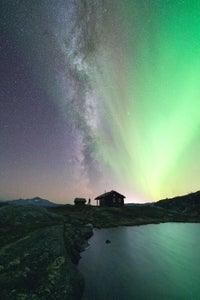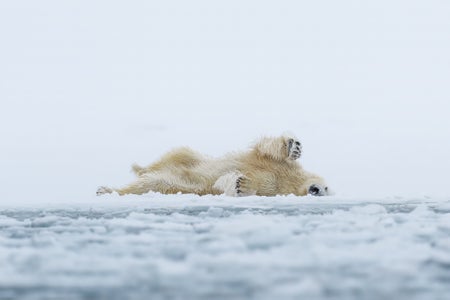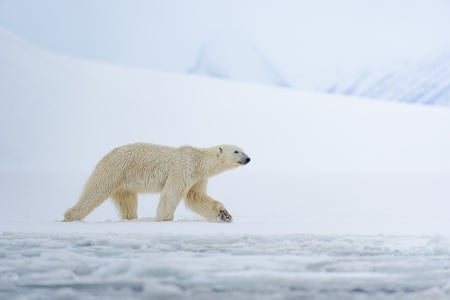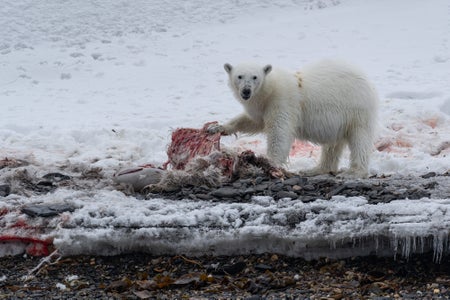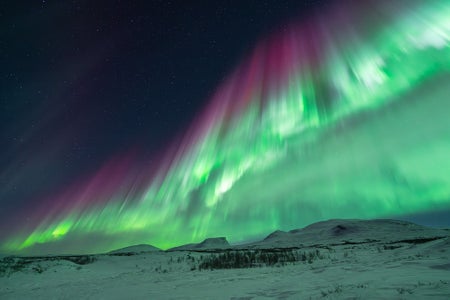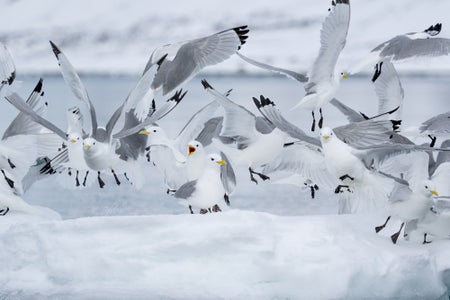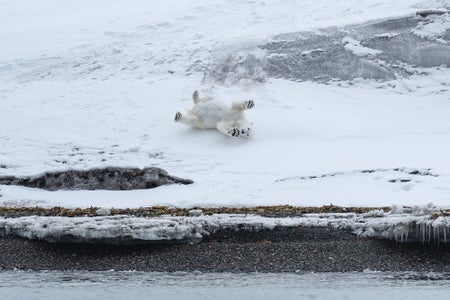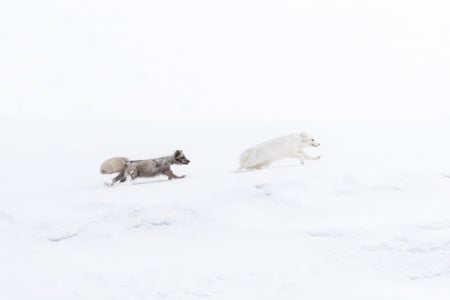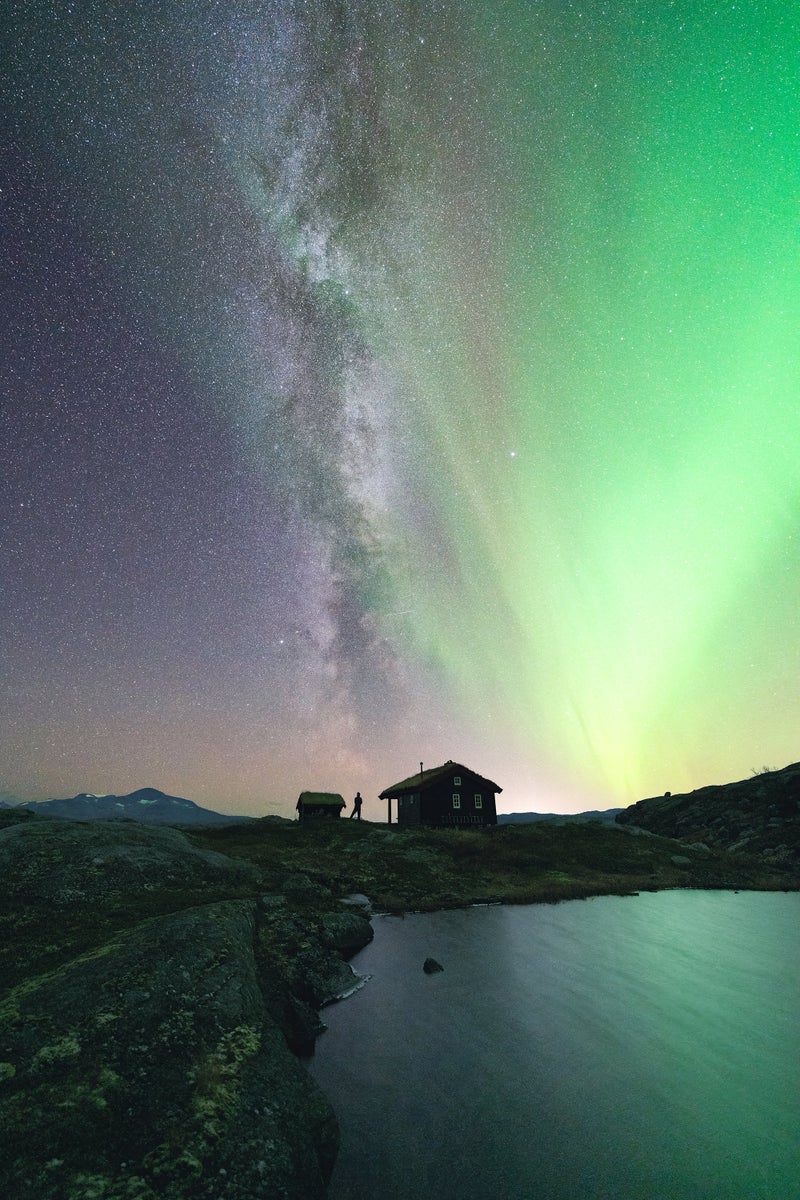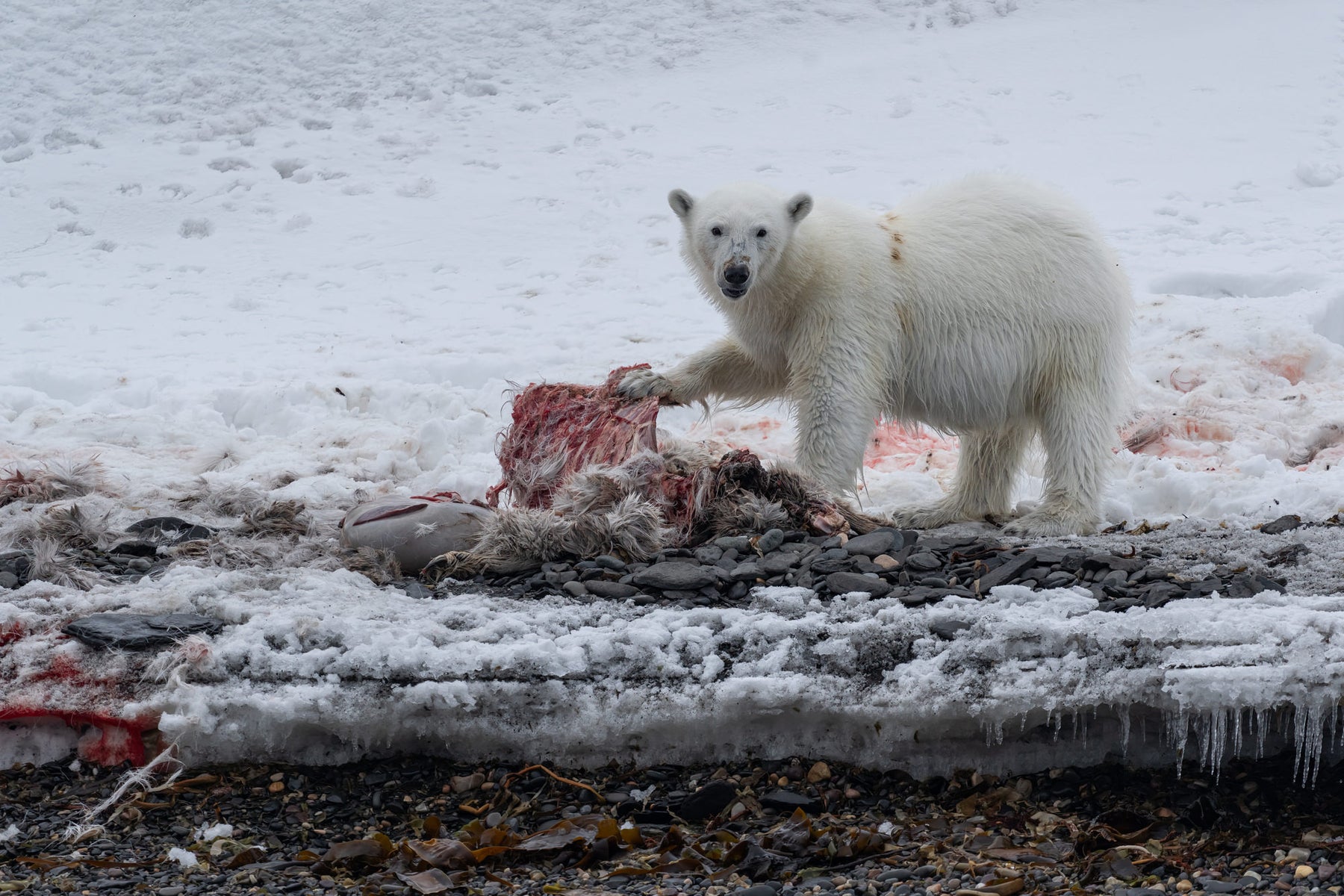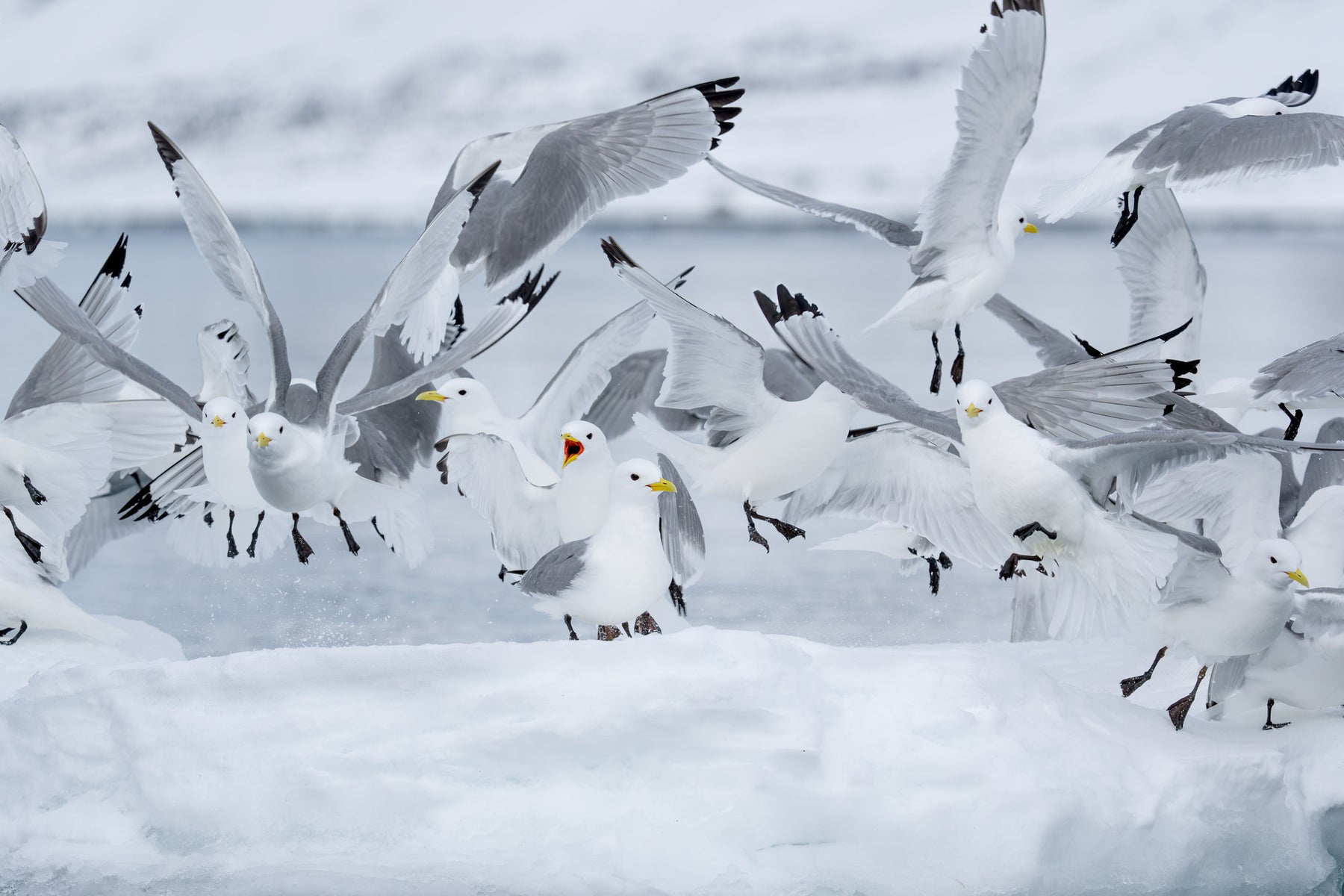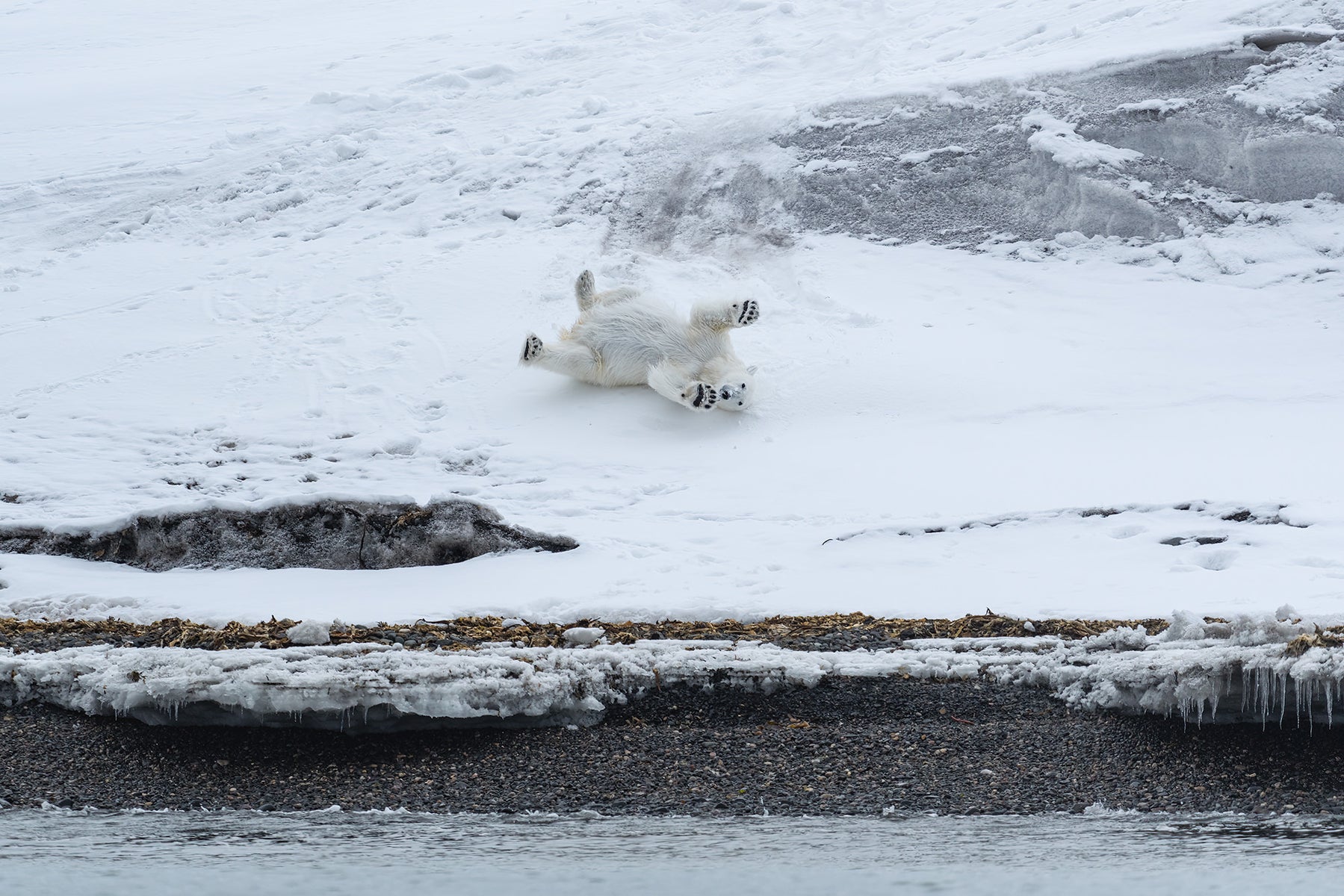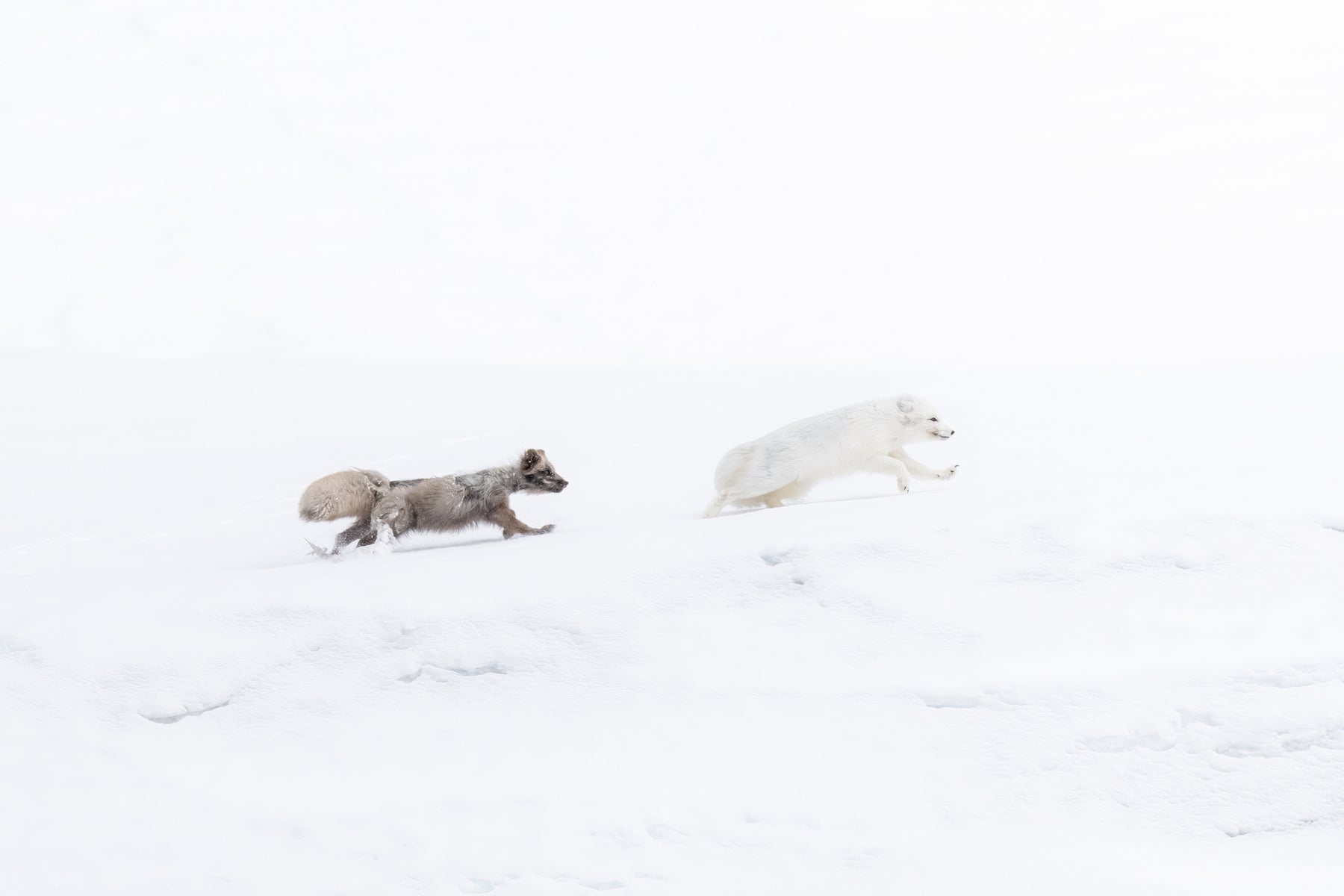Jesús Garrido (@zonek_photography) is drawn to the nature found in the extremes north of the Arctic Circle. “I was born in Murcia, in the south of Spain, but in 2014, I moved away for the first time,” he explains. “Since then, I have lived in 8 different countries, but it's above the Arctic Circle where I feel most at home today. For the past 6 years, I have been living permanently in Abisko, a really small town with 86 inhabitants, above the Arctic Circle in Swedish Lapland. Here, I have my basecamp, but I often travel to Norway, Finland, Iceland, or Svalbard to guide tours.” "Extreme" is a bit of a theme for Garrido whose lean kit includes a Sony G-series super-telephoto zoom and a super-wide Sony G Master prime lens with his Alpha 1. We connected with Garrido to learn more about the environment where he feels most creative and how he uses his gear in such extreme conditions.
Product Preview: In This Article You’ll Find:
–Sony Alpha 1
–Sony 200-600mm f/5.6-6.3 G
–Sony 14mm f/1.8 G Master
–Sony CF Express Type A 160GB Memory Card
–Sony NP-FZ100 Batteries
Garrido’s photography focuses mainly on two things: wildlife and the northern lights. “My main goal is to bring the Arctic fauna closer to people and convey the importance of restoring our ecosystems and protecting the Arctic. I truly believe that through photography, people can feel a connection to an animal, a place, or our planet, and then they will be motivated to take better care of it. Living in extremely harsh conditions, I need gear that I can count on. It needs to be weather sealed and cold resistant as well as have perfect technical function. As I will explain, Sony was really the clear choice.” Keep reading as Garrido takes a deep dive into each piece of gear you’ll find in his photo kit.
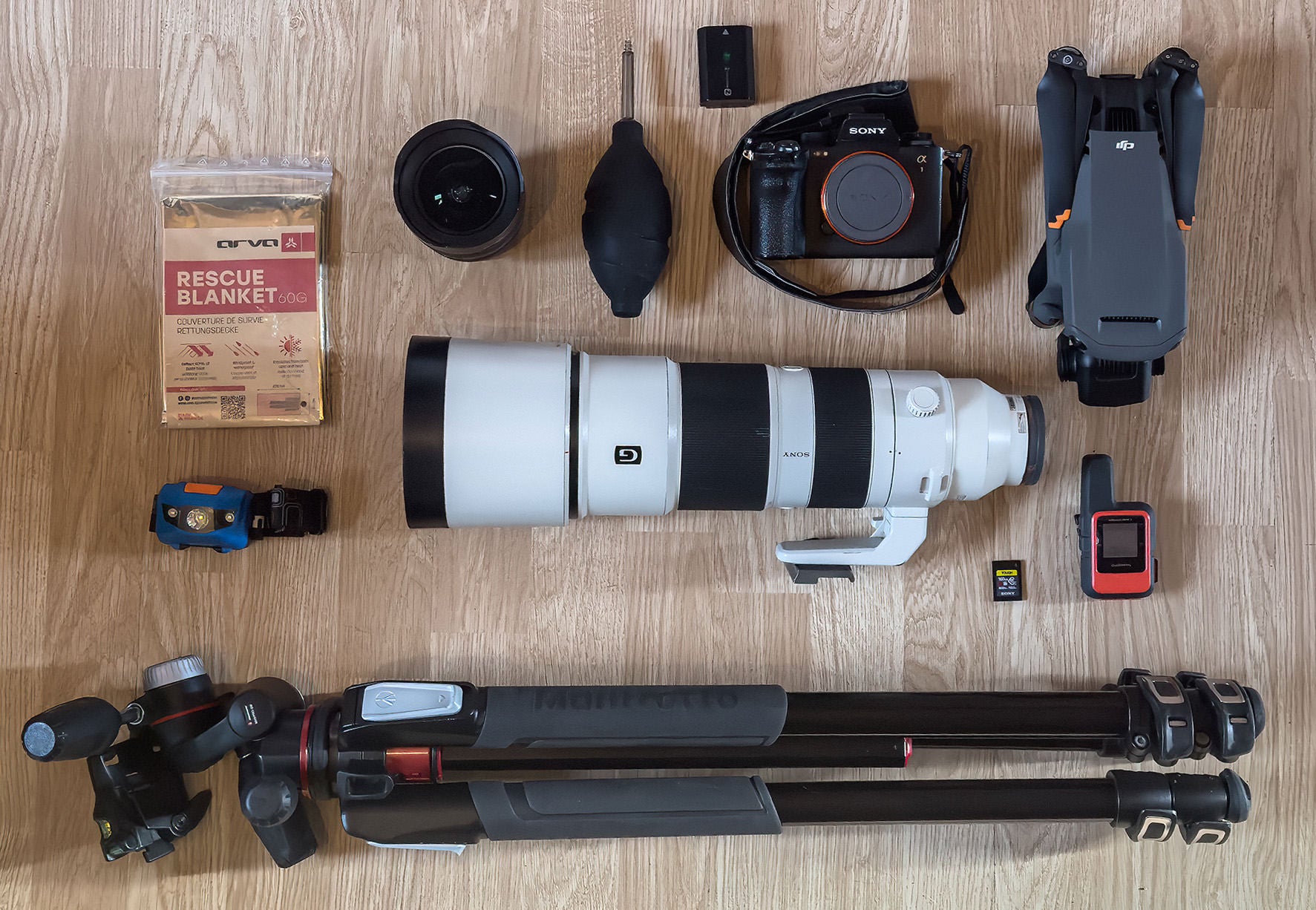
Camera
Sony Alpha 1: The reason I got this camera was mainly due to the 50 megapixels. Sometimes, when photographing animals such as a polar bear, you need to crop the photos, and the Alpha 1 is great for that. But there are many other advantages, like the dynamic range, which is crucial when shooting during the polar night. The 30fps capability allows me to capture any single moment of action when photographing wildlife. Additionally, the ISO performance is excellent in dark situations or when capturing the Northern Lights. When they are moving really fast, the Alpha 1 enables me to use a high ISO and a short shutter speed to freeze their movement.
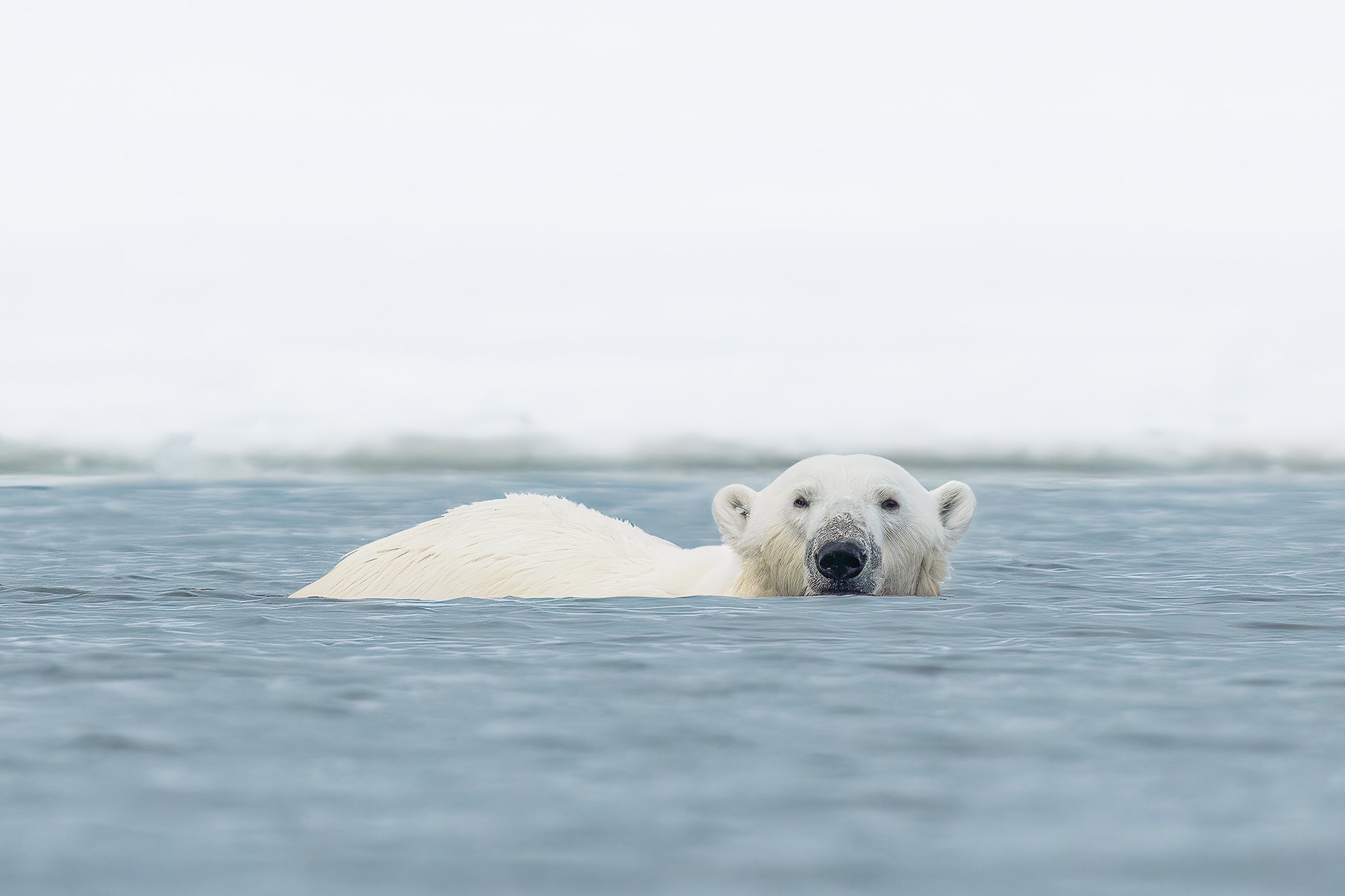
Photo by Jesús Garrido. Sony Alpha 1. Sony 200-600mm f/5.6-6.3 G. 1/4000-sec., f/7.1, ISO 400
The autofocus is something out of this world. I still remember when photographing a bird with my old Nikon, keeping it in focus was a nightmare. Now, it seems so easy to keep the focus on animals with the eye recognition feature. The autofocus system has freed me of my worries about sharpness and allows me to focus on the art of composition, framing, and whatnot.
When I was photographing a bearded seal cub with its mother in the sea ice of Spitsbergen, the 30fps capability was really needed. The mother was coming out and in from the water close to the ice where the cub was. She was moving quite fast, and shooting at 30fps allowed me to capture them together.

Photo by Jesús Garrido. Sony Alpha 1. Sony 200-600mm f/5.6-6.3 G. 1/1250-sec., f/6.3, ISO 400
Lenses
Sony 200-600mm f/5.6-6.3 G: The 200-600mm lens was one of the best options for me. When shooting wildlife, they can come closer to you at any time or move farther away. So, having a focal length range between 200mm and 600mm allows me to adapt quickly to their movements and capture the frame I am looking for. For example, with an Arctic fox, I started photographing it at 600mm but ended up using just 200mm because it came out of curiosity quite close to me during a snowstorm in Svalbard. It was the perfect lens for this shot and many others.
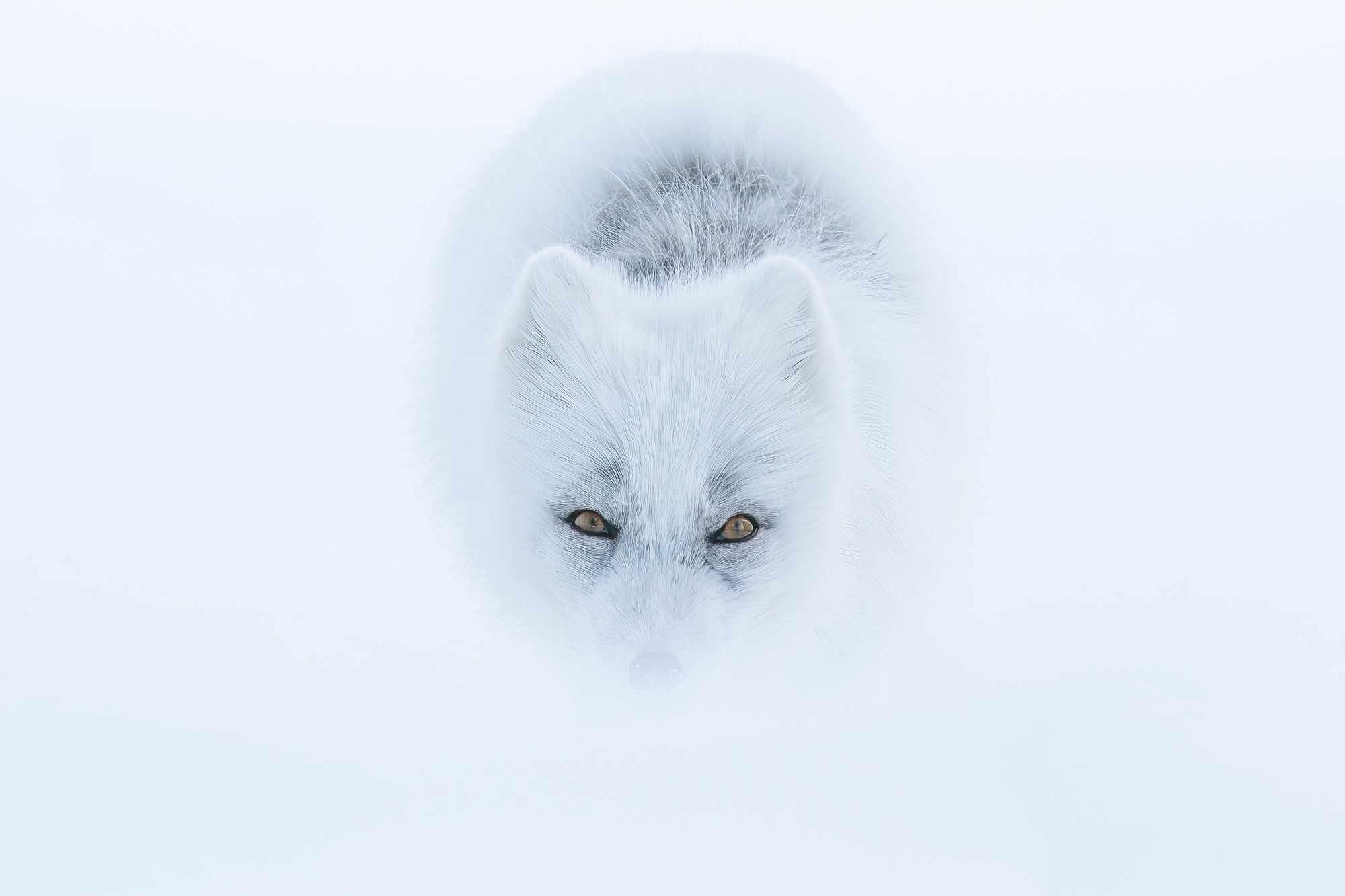
Photo by Jesús Garrido. Sony Alpha 1. Sony 200-600mm f/5.6-6.3 G. 1/2000-sec., f/8, ISO 500
Sony 14mm f/1.8 G Master: The 14mm f/1.8 G Master is my favorite lens for astrophotography. After trying some others, the f/1.8 aperture, together with the Alpha 1's high ISO performance, allows me to capture real-time videos of the auroras when they are dancing. It also produces incredibly sharp images even at f/1.8. Additionally, shooting with the Alpha 1 means I don't have to worry about not using a zoom lens. If I want, I can crop the image and make it look like 24mm or 35mm without losing quality. However, when photographing the sky, I usually prefer the 14mm wide-angle to showcase the beautiful display of the auroras.
The lens also works quite well in the cold. I have been shooting in temperatures as low as -42 degrees Celsius, and the equipment was still functioning.
Accessories
Sony CF Express Type A 160GB Memory Card: Used to film in 8K and process photos when shooting at 20 or 30fps, which requires ample storage. It also has a fast write speed that can handle 30 fps.
Sony NP-FZ100 Batteries: Extra batteries are always necessary when shooting in nature, especially in cold conditions.
Manfrotto 055 Xpro3 : A solid tripod that can withstand the cold and windy winter nights.
Rescue Blanket: Necessary when temperatures can drop to -40 degrees Celsius in case of emergencies. For example, once, while searching for the Northern Lights, I saw a car that had driven off the road, and the driver had some injuries. The blanket proved helpful in keeping him warm while waiting for help to arrive.
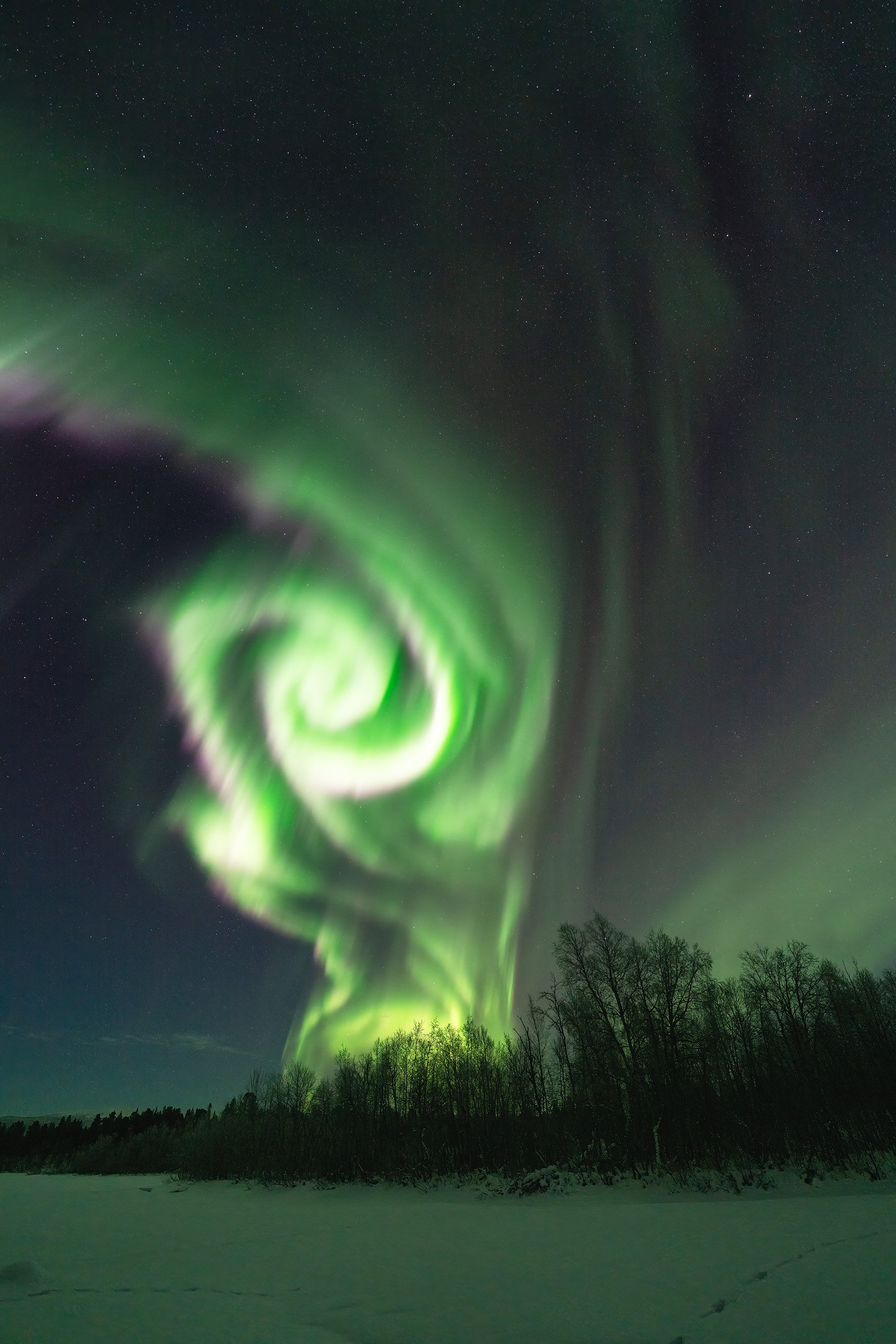
Photo by Jesús Garrido. Sony Alpha 1. Sony 14mm f/1.8 G Master. 1.3-sec., f/1.8, ISO 2500
Drone: Used for taking landscape photos, filming, exploring areas and scouting for possible locations.
Headlamp: Since we don't see the sun for three months a year up here, a headlamp is a must in every backpack when coming to photograph the Northern Lights.
Garmin Mini In-Reach 2: Handy for days spent in nature when there is no phone signal. It provides a safety measure by allowing you to contact the rescue team in case of an emergency. It also allows you to stay in touch with your loved ones and let them know about amazing encounters, such as with a polar bear.
Dust Blower; Always good to have one. I don't use it a lot because I only use two lenses, but sometimes, some dust can get onto the sensor, and it's convenient to have a blower to clean it without spending a lot of time during the editing process.
See more of Jesús Garrido’s work on Instagram (@zonek_photography).
